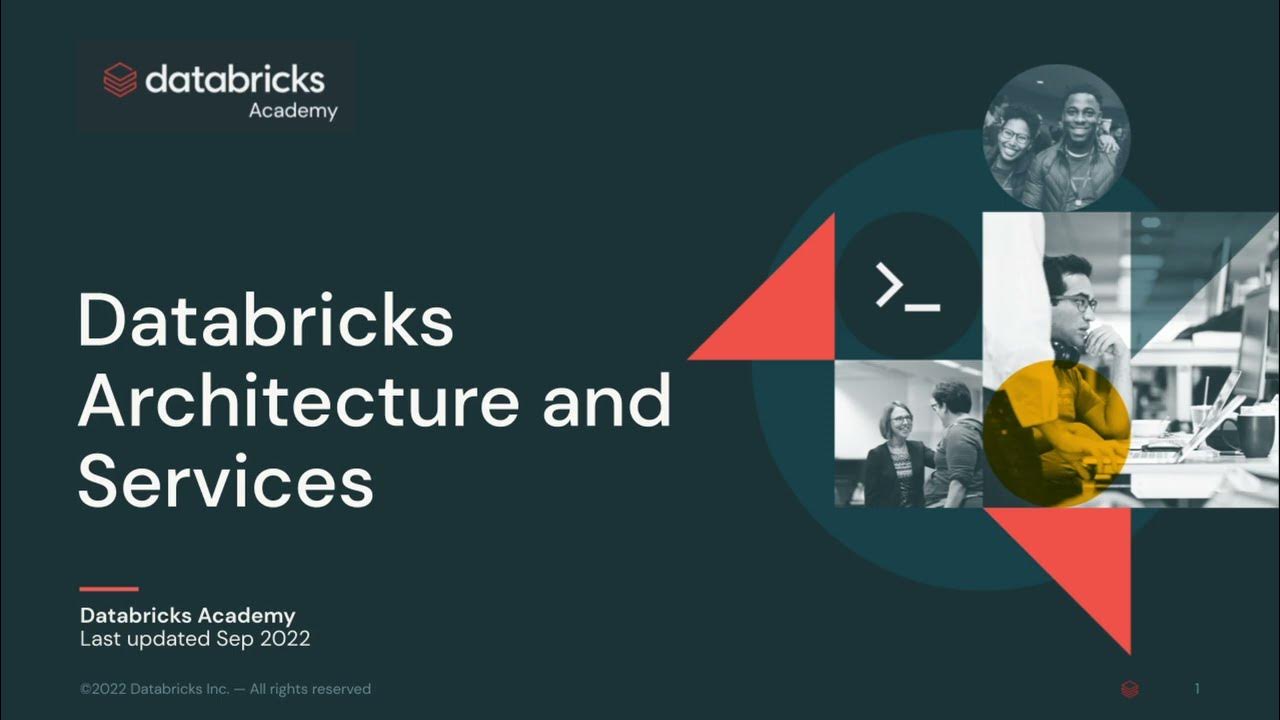5.1 Introduction to the Network-layer Control Plane
Summary
TLDRThis chapter delves into the control plane of networking, shifting focus from the data plane to network-wide concerns like routing, network management, and configuration. It covers two primary routing algorithms: link-state (Dijkstra-like) and distance vector (Bellman-Ford), and their implementation in protocols such as OSPF and BGP. The chapter also introduces Software-Defined Networking (SDN), exploring centralized controllers like OpenDaylight and ONOS. Key topics include network management protocols like ICMP, SNMP, and NetConf, with a comparison between traditional and SDN routing models. This chapter highlights innovations in the network control plane, particularly in the last decade.
Takeaways
- 😀 The focus of this chapter shifts from the data plane to the control plane in networking, examining routing, network management, and configuration.
- 😀 Routing algorithms are divided into two types: centralized (link-state, Dijkstra-like) and distributed (Bellman-Ford type).
- 😀 The two primary algorithms used in internet routing are Dijkstra's algorithm (link-state) and Bellman-Ford algorithm (distance-vector).
- 😀 Software-Defined Networking (SDN) has introduced significant innovation in the network control plane over the last decade.
- 😀 SDN uses logically centralized controllers for routing and network management, contrasting with traditional decentralized approaches.
- 😀 The OpenFlow protocol is key in SDN, allowing the separation of the control plane and data plane for more flexible network management.
- 😀 Internet routing protocols like OSPF (Open Shortest Path First) and BGP (Border Gateway Protocol) implement the Dijkstra and Bellman-Ford algorithms respectively.
- 😀 OSPF is used for intra-domain routing, while BGP is used for inter-domain routing between different administrative systems.
- 😀 BGP is considered the glue that holds the internet together by facilitating routing between networks across the global internet.
- 😀 The distinction between forwarding (moving packets within a router) and routing (determining paths from source to destination) is crucial for understanding network operation.
Q & A
What is the main focus of Chapter 5 in the textbook?
-Chapter 5 focuses on the control plane of networking, shifting from the data plane covered in Chapter 4. It explores routing, network management, and network configuration, including innovations like software-defined networking (SDN).
How does the control plane differ from the data plane in networking?
-The data plane deals with per-router functions, such as moving packets from input to output ports within a router. In contrast, the control plane is concerned with network-wide functions, such as determining paths for data to travel from source to destination.
What types of routing algorithms are introduced in this chapter?
-The chapter covers two types of routing algorithms: centralized link-state Dijkstra-like algorithms and distributed Bellman-Ford type algorithms.
What are the two major routing protocols discussed in the context of the internet?
-The two major routing protocols discussed are OSPF (Open Shortest Path First), which uses a link-state approach for intra-domain routing, and BGP (Border Gateway Protocol), which is used for inter-domain routing between networks.
What is the role of BGP in the internet?
-BGP, also known as the glue that holds the internet together, allows different networks (or autonomous systems) to communicate and route data between each other across the global internet.
What is the significance of software-defined networking (SDN) in modern networks?
-SDN introduces a logically centralized controller that manages network resources and configurations, allowing for more flexible and programmable network management, compared to traditional methods where control is distributed across individual routers.
What two SDN controllers are highlighted in the chapter?
-The two SDN controllers highlighted are the OpenDaylight (ODL) controller and the ONOS controller, which are open-source platforms used for managing and configuring SDN networks.
What network protocols are examined in relation to network management?
-The chapter covers network management protocols such as ICMP (Internet Control Message Protocol), SNMP (Simple Network Management Protocol), and NetConf, which help with network control and configuration management.
What is the difference between forwarding and routing in networking?
-Forwarding is the local router function of moving packets from input to output ports, while routing is the network-wide function of determining the paths packets take from source to destination.
How does SDN differ from traditional routing approaches?
-In SDN, the control plane is centralized in the SDN controller, which computes routing paths and pushes them to individual routers. In contrast, traditional routing algorithms typically distribute control across each router in the network.
Outlines

This section is available to paid users only. Please upgrade to access this part.
Upgrade NowMindmap

This section is available to paid users only. Please upgrade to access this part.
Upgrade NowKeywords

This section is available to paid users only. Please upgrade to access this part.
Upgrade NowHighlights

This section is available to paid users only. Please upgrade to access this part.
Upgrade NowTranscripts

This section is available to paid users only. Please upgrade to access this part.
Upgrade Now5.0 / 5 (0 votes)





